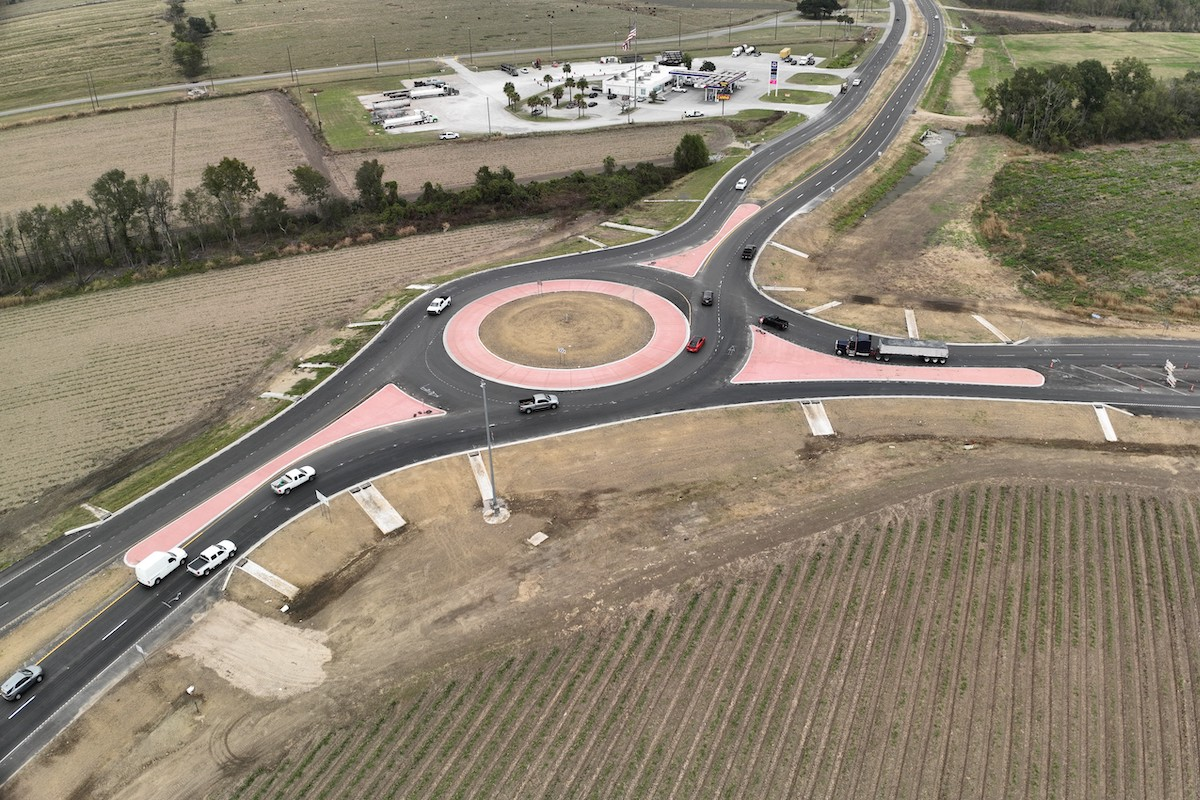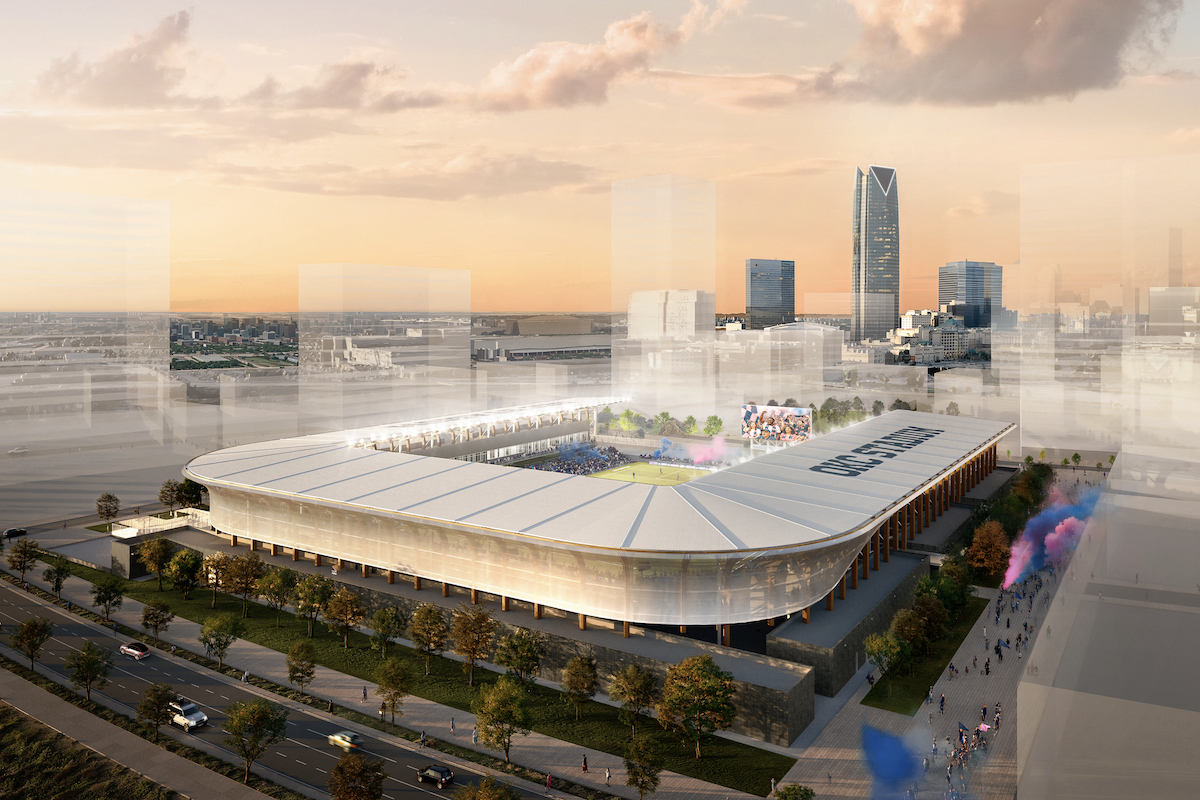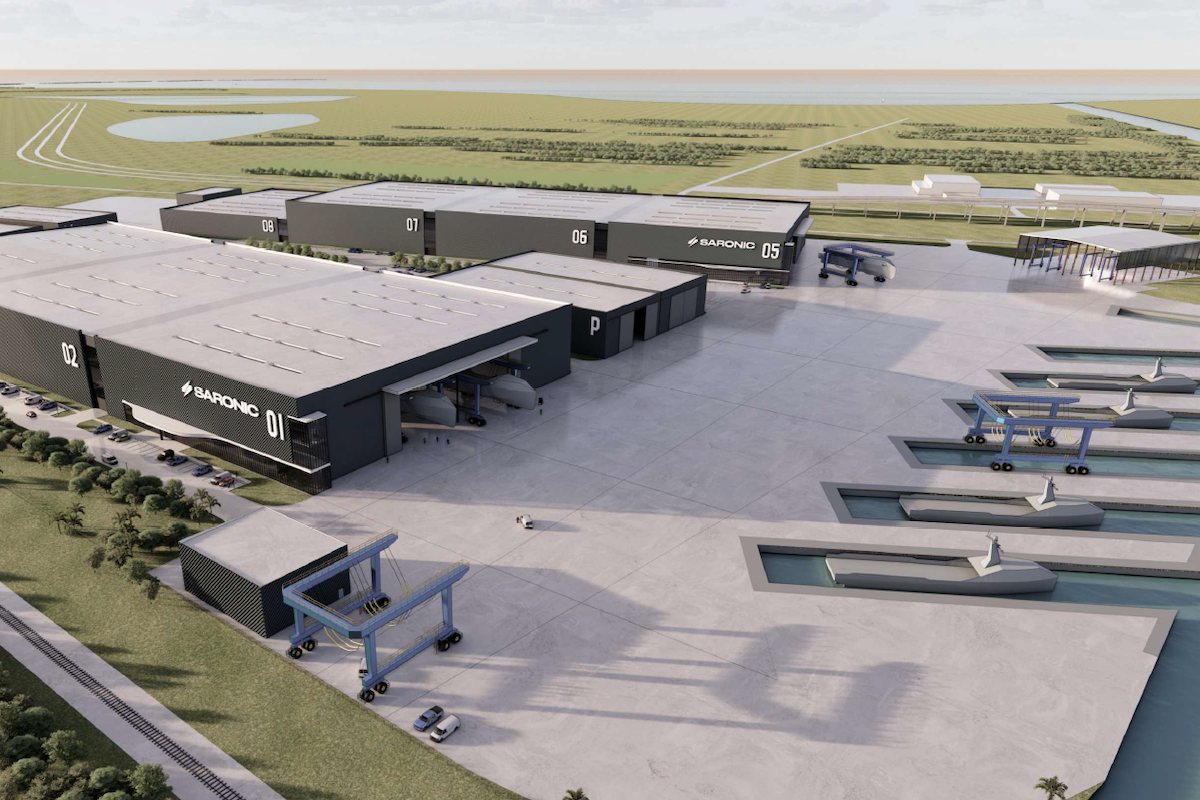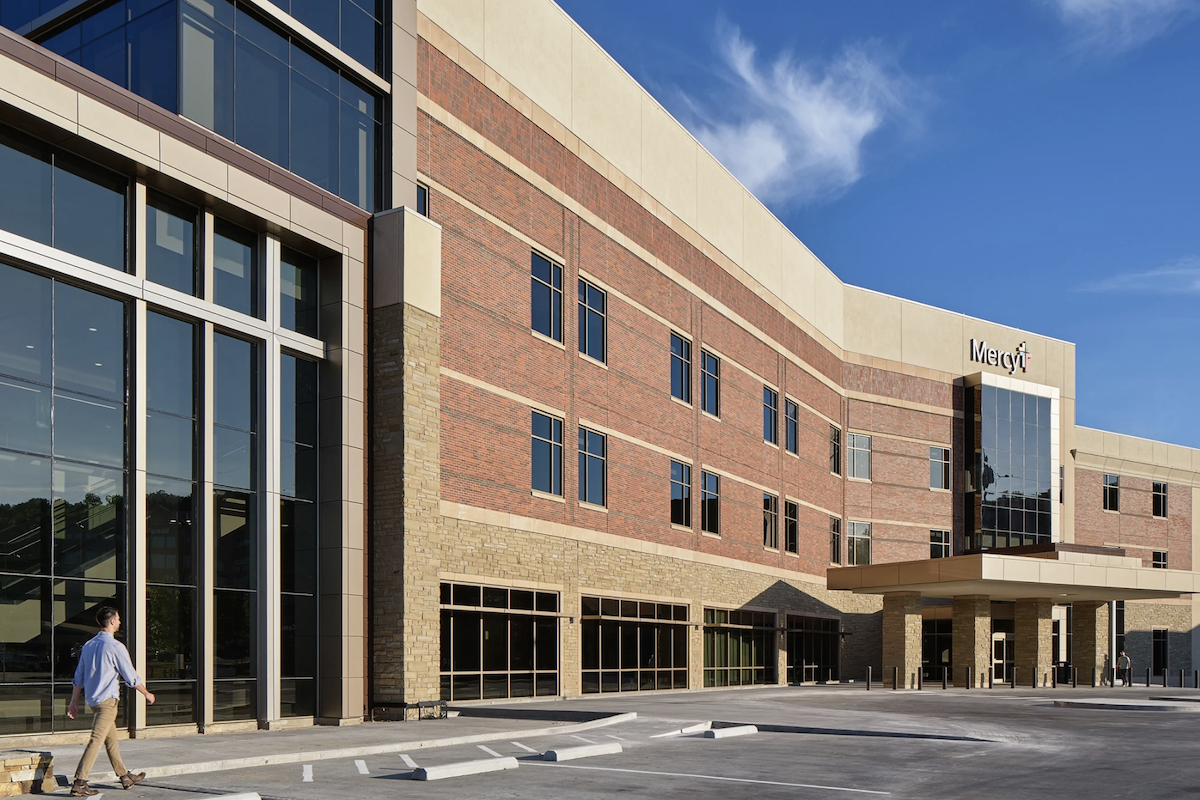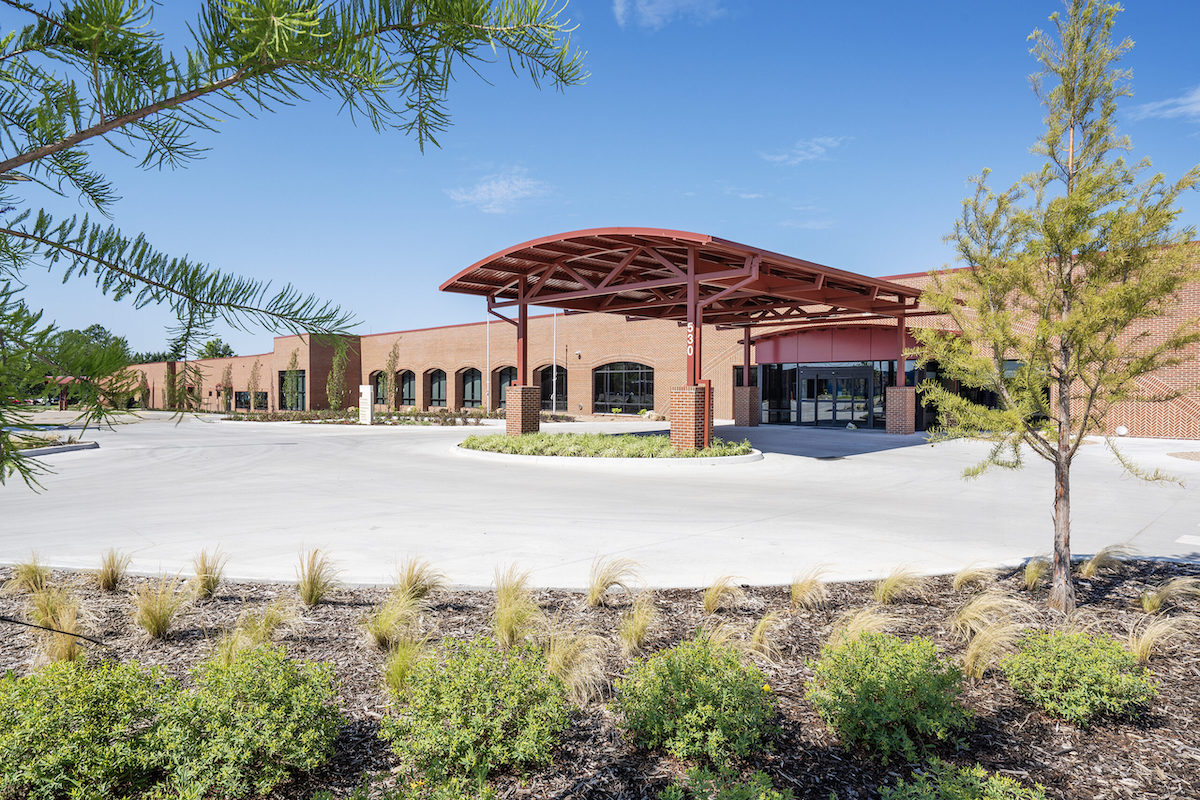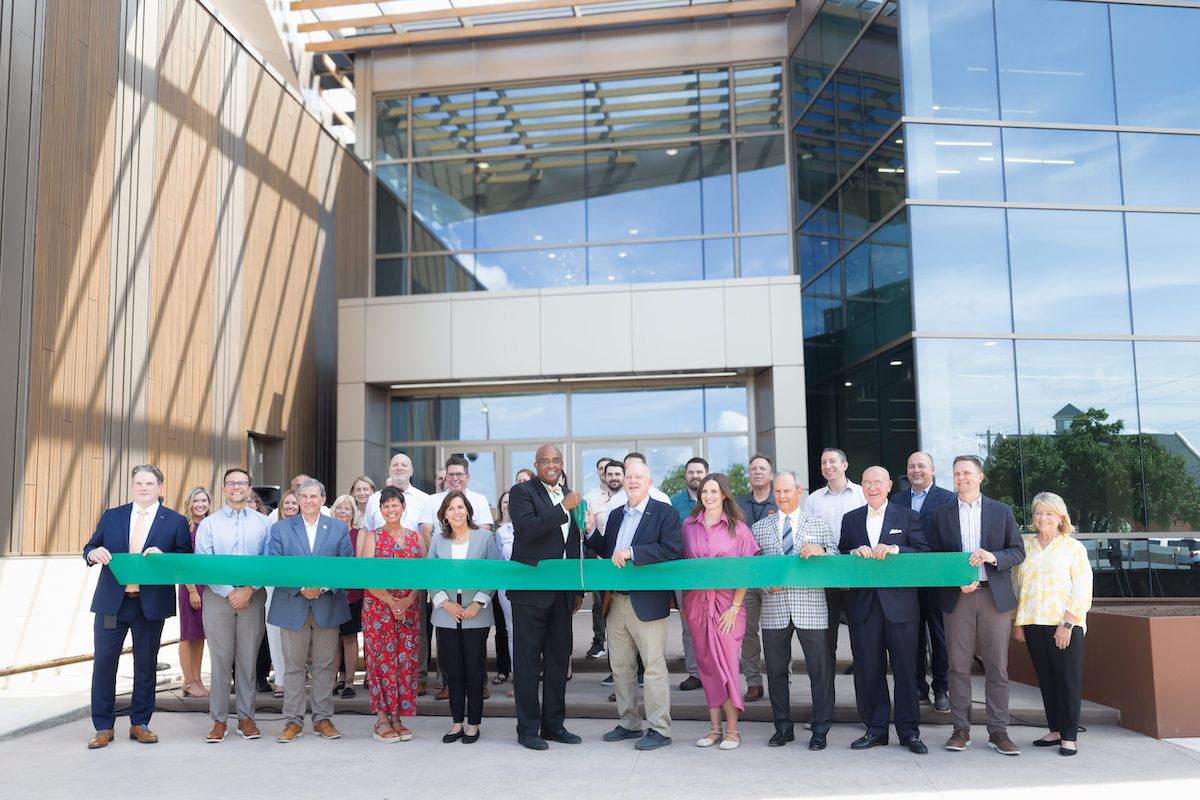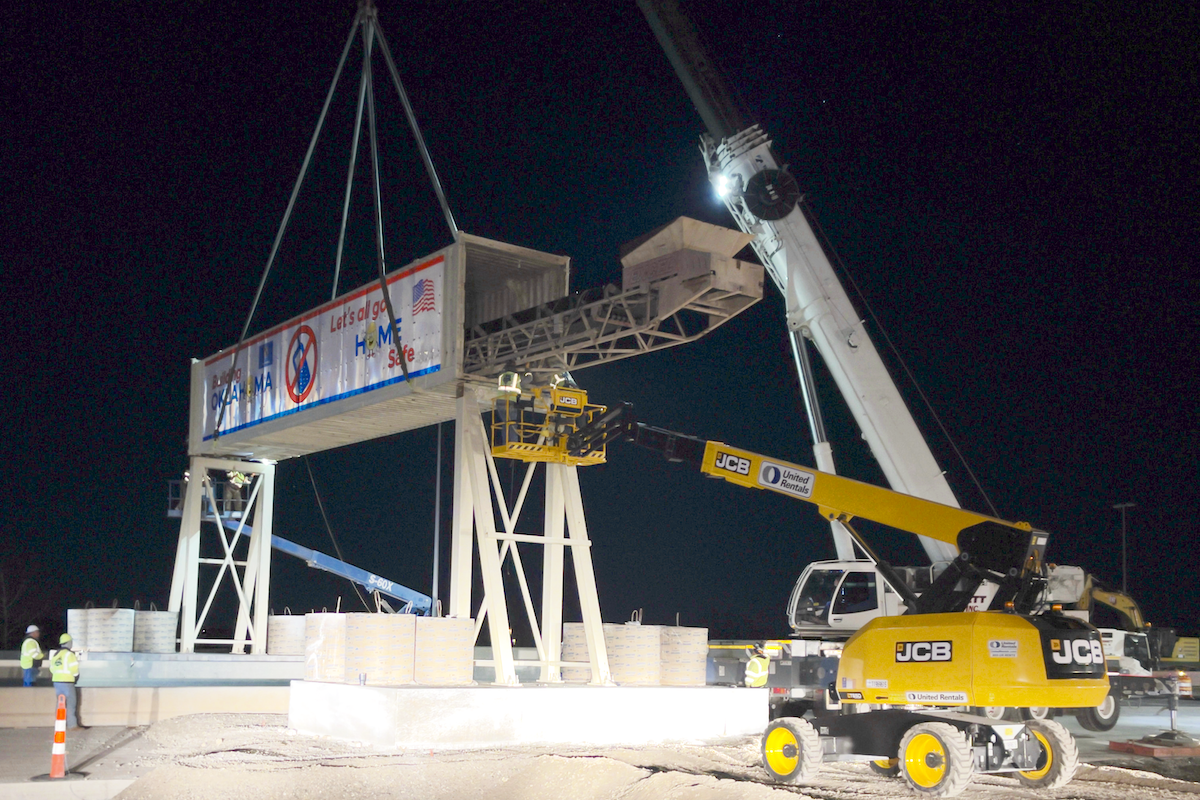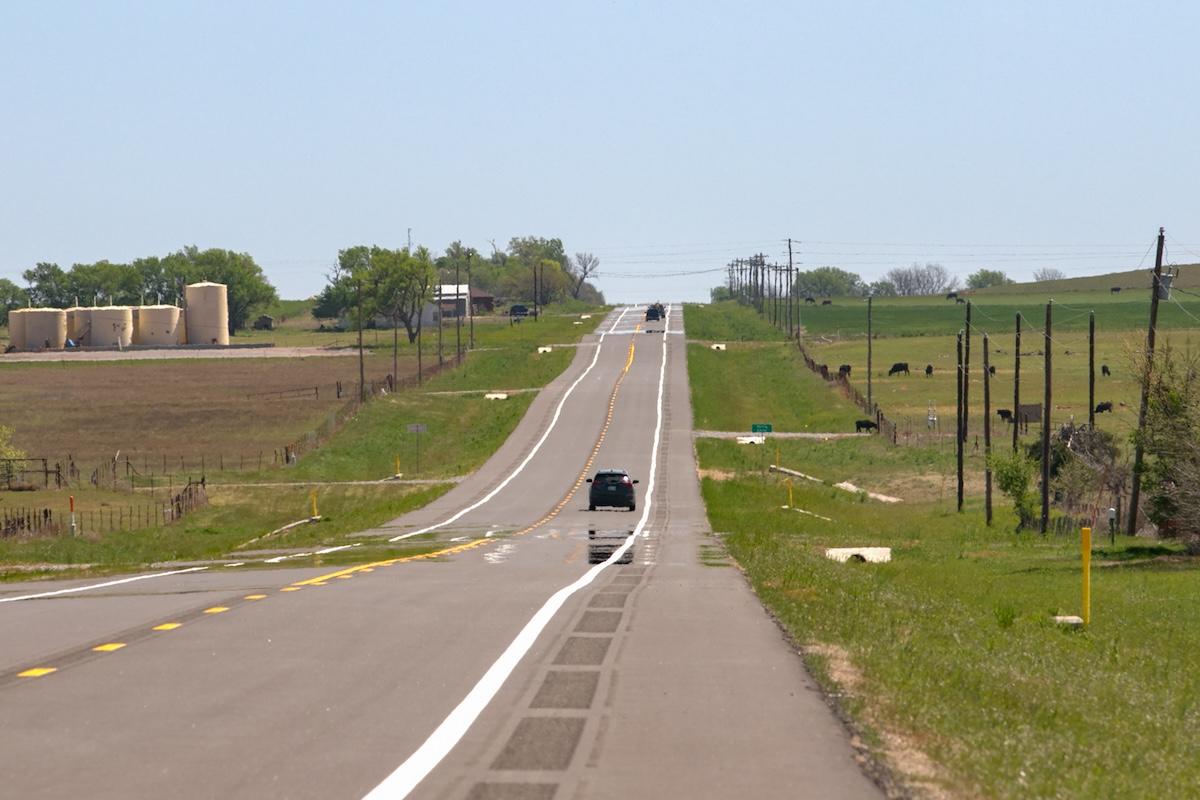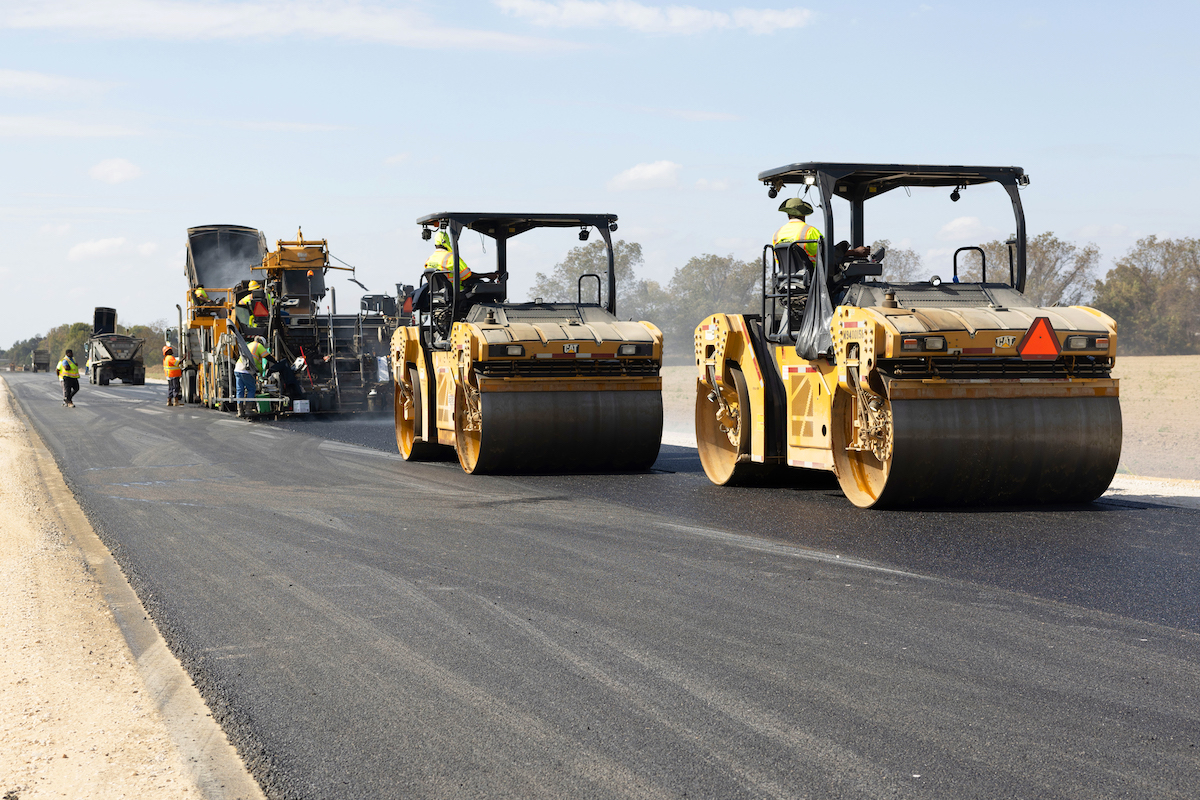Pasterick's accomplishments began at a local architecture firm where he worked for nearly a decade after graduating from Ball State's College of Architecture and Planning. Pasterick then founded Design Collaborative along with Ron Dick and Terry Wagner, with the vision of creating a great firm that would outlive them. Not only has Pasterick achieved a great deal in his career, but he is also committed to serving the community and giving back to others.
During a recent interview with Building Excellence, Pasterick discussed his life and career.
Where did you grow up?
My mom and dad came from Pittsburgh, where my dad worked for U.S. Steel. He was transferred when I was a young kid to Gary Works in Northwest Indiana. So, I grew up in Merrillville.

| Your local Case Construction Equipment Inc dealer |
|---|
| ASCO Equipment |
Did your father’s career in U.S. Steel have any impact on your decision to pursue a career in design or was there a different catalyst that sparked your interest in architecture?
My dad never went to college, and he always reminded me that there were good jobs in the mill. But he also encouraged me to do something I loved – and I was always intrigued with buildings.
Someone who did have a huge impact on me was a high school teacher named Stanley Semokaitis. He taught a special class called Building Design and Construction where he helped us understand how buildings were built. Our class included pulling ceiling tiles, going in chases and tunnels, to study what was going on. It was just amazing and opened up a new world to me. I never considered how buildings got built and why they took the forms they did, so that really captured my imagination.
The second thing he did was encourage me to compete in an AIA competition – which I ended up winning. After that, suddenly, I had architecture schools encouraging me to be an architect. I thought, ‘Well if these folks think I could do it, maybe I could.’ So, I enrolled at Ball State, where I received a great foundation of skills and knowledge that I was able to build on for the last 40 years.
How do you feel about being recognized as a distinguished alumni of Ball State CAP and what do you think led to your selection? Moreover, do you consider this recognition as a validation of your contributions in design and community service?
I’m certainly honored to receive the award and be recognized by the CAP, which I hold in high esteem. I don’t really look at things in terms of validation. I’ve tried to do my best with the skills I’ve been given. I'm proud of what I’ve done and what DC has accomplished. But I'm standing on the shoulders of giants. There were great professors who taught me valuable skills, great professionals over the years from whom I’ve learned a lot, a number of great leaders who were willing to invest time in me, and a host of talented DC staff that have been relentless in doing great work. Hopefully, I have followed their example and invested in others, similarly.
How has the architecture changed and developed over the last four decades since you began working in the field?
I believe ‘Change is mandatory, progress is optional.’ My sense is that our profession has changed more in my 40 years of professional life than it's probably changed in the last 300 years. And that rate of change is only going to continue. The new technology used for alternative project delivery methods, new construction methods, interactive design, virtual reality, AI, and robotics are changing our profession and the construction industry in fundamental ways.
But we also need to bring honest discernment to how and why that change is valuable, not just following fads. If we are to continue to bring value to our clients and make a difference in our world as architects, we must constantly be inquisitive and willing to adapt our perspective, our methods and our processes to meet the ever-evolving needs of our clients.
How do you foresee the challenges that architects may face in the next five to 10 years?
Everybody is facing issues with labor. We must recognize how our work can be enhanced by technology. At some point, you still need creative people who are good listeners who can identify a problem and solve it. But we must figure out how to use technology to make us better.
Also, the economy seems to be more ‘dynamic’ than ever. We're riding a boom right now because there's a lot of money that's been infused in the economy. It's got everybody crazy busy right now. That's not going to last. As a profession, we need to figure out how to adapt to market swings in a way that is less painful for our staff. And we need to make sure we don’t short sell the value we bring as an industry to the process.
Considering the anticipated challenges facing architects in the next several years, how can Design Collaborative and its architects adapt and innovate to effectively respond to these challenges and transform the way they approach project delivery?
Ask any dinosaur – it’s all about continuing to adapt. During the pandemic, DC was fortunate to have already put things in place to send everybody out to work remotely, but they had never really been tested. Everybody was already using laptops, and our software was already set up so that we could do things remotely. But when COVID hit, it forced us to jump in the pool; we couldn’t just dip our toes in the water in any longer.
Fortunately, it worked out well, and we've all learned and adapted from that. Now, the hybrid work model is here and here to stay. Leaders must continue to look forward identifying potential issues and be bold, not needing a crisis to embrace change.
If you could offer advice to a new architect at the start of their design career, is there anything you would share based on your experience? Additionally, looking back on your own time at Ball State, is there anything that you wish you had known then that would have better prepared you for your career in design?
A few ‘quick hitters’:
They don't teach you this in school, but the people who are really great at what we do are great listeners. If you want to be great, really work at this in whatever role you have.
Also, unfortunately, there is no substitute for working hard. You should always have a plan, but be willing to adapt it. As a leader, surround yourself with people that are more talented than you. And try to make a priority out of ‘enjoying the ride’.
Is there a particular architectural style or type of building that you have yet to design but have always wanted to?
I've never done residential work. There’s an intimacy to some of that which could be enjoyable. That hasn't been where our focus has been as a firm, but I think that would be fun to dabble in.
Are there any specific projects that you have worked on which you are particularly proud?
Projects are like your children. They are all unique – with special gifts, challenges, and memories. It’s hard to pull one out as a favorite.
I’ve been truly fortunate to work on a number of projects that were particularly rewarding because we were able to realize the clients dream in a bigger way than they ever imagined. Not necessarily bigger in size, but the solution exceeded what they expected. A common theme with many of those was that we dealt with great clients. I’m fortunate that many of those folks have become life-long friends. And now, as I think about it, my favorite project, frankly, has always been DC – building the firm and the group.
I imagine that must feel really rewarding?
Yes. One of the things I've learned in 40 years of doing this is that we have a tough profession. Architects are a special breed. I would tell you that it's more of a calling than a career. The people who do this stuff well have to be committed, passionate, and want to make a difference. The good news is that there are some awful great rewards that come with that.
In all our lives, we want to think we've made a difference. And what architects do every day – the projects, the challenges, the solutions – really does make a difference. You're impacting people's lives and having an opportunity to make things better. That's pretty darn rewarding.
Is there anything I haven't asked you that you think people should know?
I've been fortunate to practice architecture for 40 years. My days of leading DC are limited. We're in year five of a six-year transition plan for me. And it's exciting because, many times in our profession, the business lives or dies with the founders. But from the start, that was never what Design Collaborative was about. That's why we took the name we did. The idea was it wasn’t about us – it was about what we were creating with everybody that was to follow. We wanted to create something that went beyond us.
I'm a kid from the 1960s and the space age. So, I think of our firm in terms of a rocket. It takes a lot of energy to get that rocket off the ground. There's a lot involved for an architectural firm to start up and ‘get into Earth's orbit’. If that's as far as you want to go, that's great. You go back, the rocket drops into the ocean, and they pick you up.
Well, we were shooting for the moon. We wanted something bigger than us. The three founders of DC represented the first stage of the rocket. To get to the moon, you must successfully discard that first stage. And in the second stage, new rockets fire and you recalibrate where you’re trying to go. We have some great, talented people standing in the wings already preparing to lead us in the next stage. That’s been exciting to watch happen in the firm and it will be exciting to watch them succeed.


















